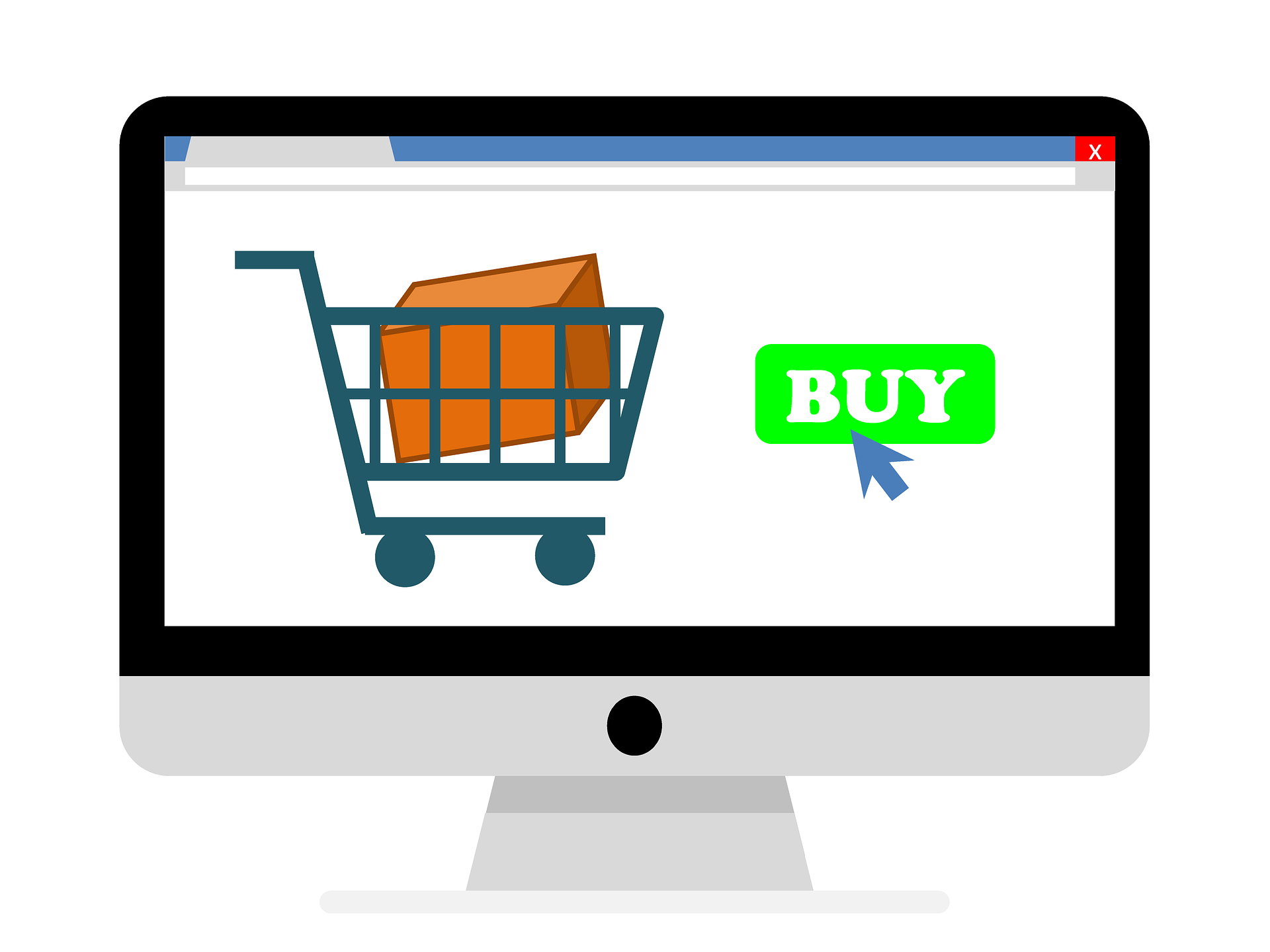When it comes to running a business, marketing plays a huge role in your day to day operations. Regardless of how big or small your business may be, it still needs a solid marketing strategy to help it grow and expand.
However, with so many different types of marketing available these days, it can be difficult knowing which one is right for you. Here, you’ll discover how to decide which marketing method is right for your business.
Though no matter what type of marketing your business pursues, finding the right DAM solutions to store all of your marketing content is important.
Online marketing options :
If you aren’t yet focusing your efforts into online marketing, you’ll definitely want to start! Digital marketing has become an integral part of modern business. As the majority of consumers turn to their smartphone to buy from and research local businesses, at the very least your company should have a website.
Regardless of which type of business you run, you’ll definitely want to set up a social media account for marketing purposes. Facebook, Twitter, LinkedIn and Instagram all provide fantastic marketing opportunities. However, you need to ensure you’re choosing the right one to match your business. You need to go where your target market is, so researching where your ideal customers hang out the most will help you to determine which platform to focus on.
As well as social media, cold emailing paid ads and content marketing are all worth considering.
Offline marketing :
While online marketing is definitely huge right now, don’t underestimate the power of offline marketing too.
Take leaflets for example. When targeted correctly, leaflets can prove to be a very powerful marketing tool, especially for local businesses. You don’t need to actually deliver the leaflets yourself either. You can hire companies like Leafletdrop.co.uk, to distribute the leaflets for you. Simply select where you’d like the leaflets delivered and they’ll take care of the rest. They can even design and print the leaflets for you.
Consumers are much more likely to respond to direct offline marketing methods than they are to an email for example. You can also increase the chance of conversions by properly researching your target market and ensuring the leaflets only get dropped off at your ideal customer’s homes.
Other offline options you may find useful include radio, newspapers and magazines. However, for the most part, leaflets tend to be the most successful and affordable option out there.
Why a mixed approach is often best :
If you’re looking to create the most successful marketing strategy, ideally, you’ll want to focus on a mixture of online and offline methods. That way, you’re going to target the largest number of consumers.
Digital marketing is largely successful for millennial and middle-aged audiences, while offline methods work better at targeting the older generation.
Overall, it doesn’t really matter which type of business you run, both online and offline marketing strategies can help grow your brand and capture new customers. The trick is to do as much research into your target market as you can to establish where they hang out and where your efforts are best focused on.
Read Also :






















